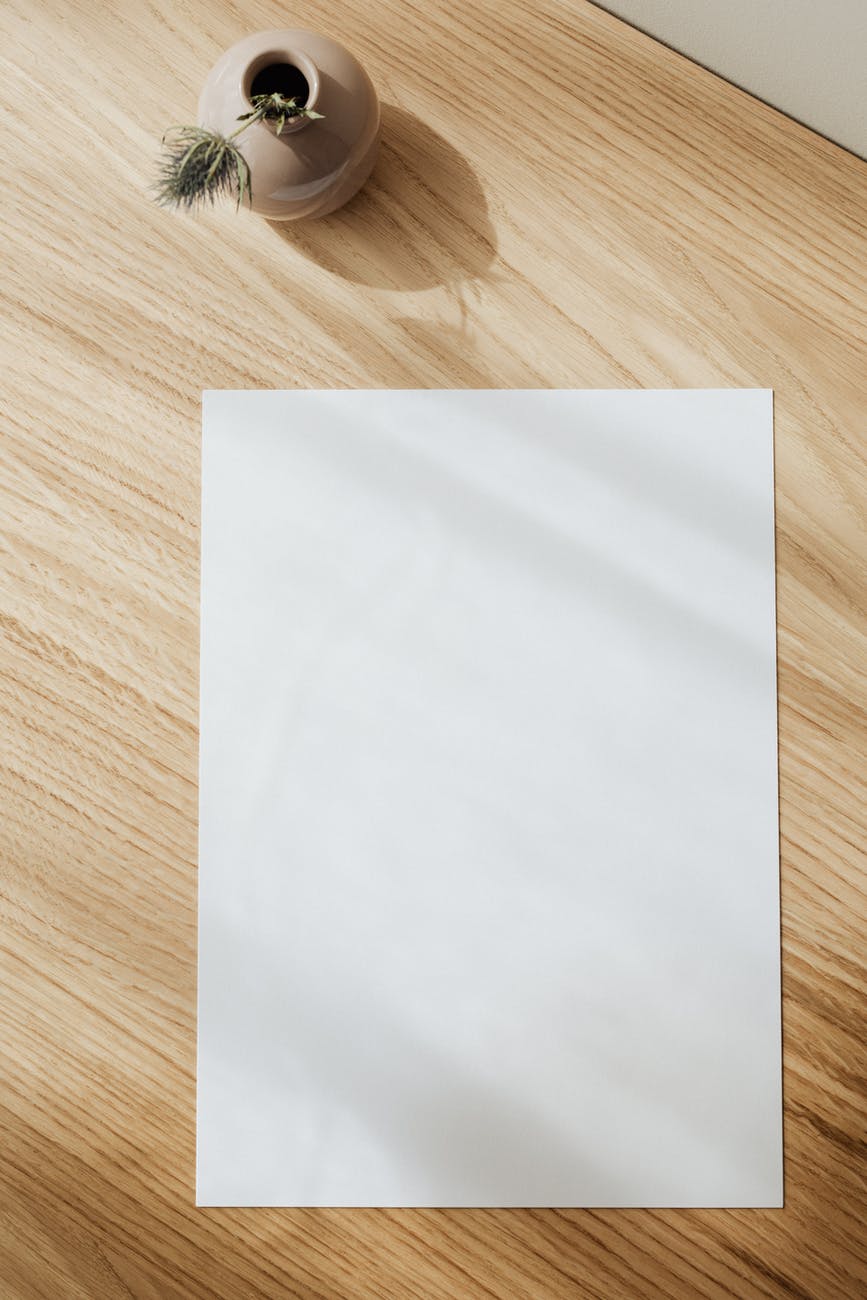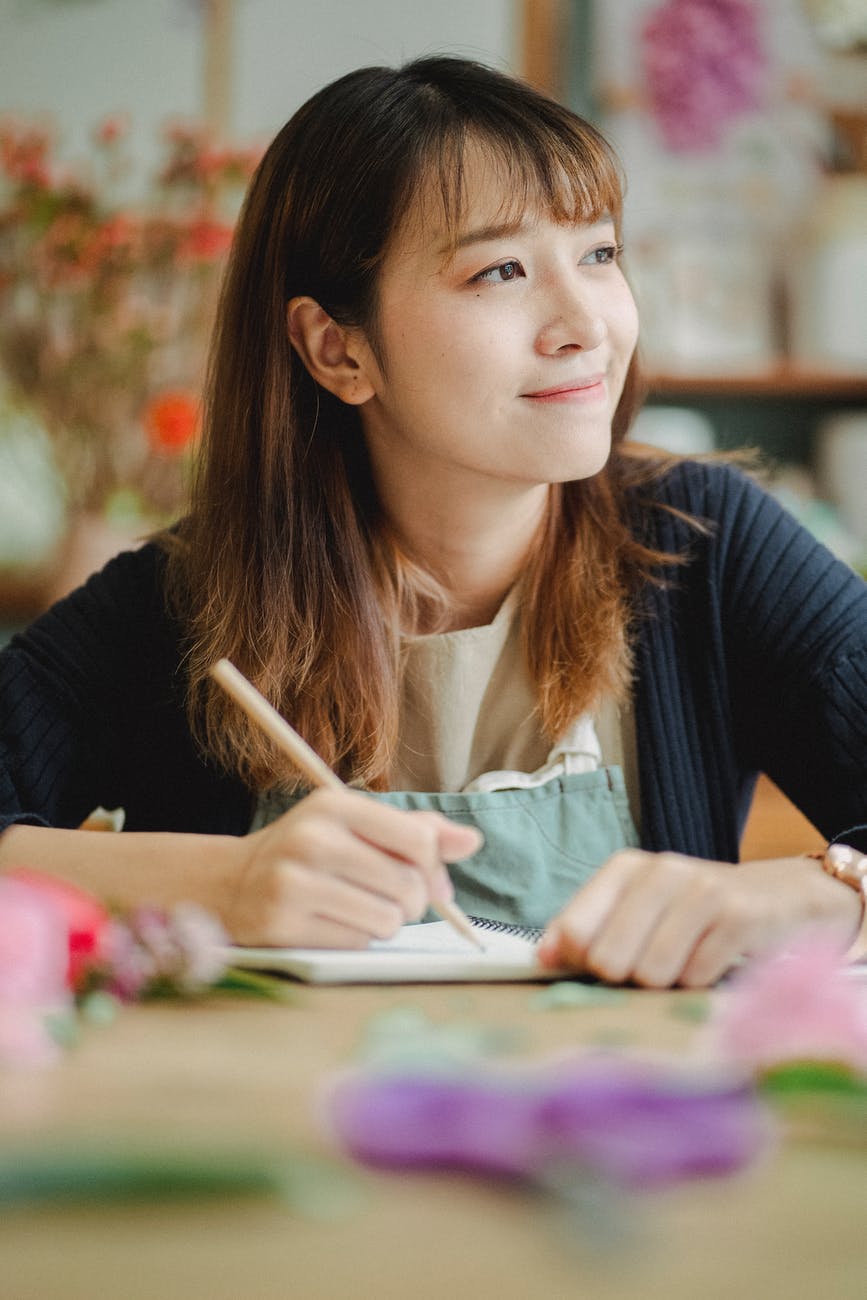10 TIPS TO LEARN DRAWING – THAT ACTUALLY WORK
Drawing patronizes a creative fine art that can be learned by anyone from their childhood onwards. Drawings are one of the best ways to convey one’s emotions. Drawings are done with love and joy. So, they help to reduce stress and anxiety and make an artist focus on their works properly. Most people have a passion for drawings. They feel very happy when they draw something. They are the visual art done on a piece of paper with the help of drawing tools. One must possess the habit of sketching to develop skills and become a skilled artist.
We can use different tools like pencils, pen, and ink, eraser, brushes, paints, charcoal, colors, Wax crayons, markers, paper, and a blackboard for sketching. Drawing can be expressed in various forms like animations, Architectural, line, doodling, anamorphic, fashion, Magna, Photorealism, Pointillism. Here is a list of 10 tips that can help you while drawing
1.TYPES OF PENCILS FOR DRAWING:
When we start drawing, we have to use the basic tools and materials. There are different types of pencils i.e from light pencils to dark pencils. Pencils represent an ideal tool for drawings. Some of those pencils are,
- Graphite pencils represent the most conventional tools for drawing and writing. In these pencils, the graphite which comprises an allotropic form of Carbon is mixed with Clay and Baked. These pencils are available in the form of H to B (harder to softer). HB pencils are frequently used for drawings.
- The charcoal pencil is harder than the graphite pencil as it is composed of charcoal. It is used for dark shade and produces light and black lines. It is easily stained off from the paper. It can be sharpened with sandpaper.
- With Color pencils, the sensitive pigment is inextricably mixed with Clay filler and binder. They were reckoned with wax and oil, which acts as a lubricant. They are available in the market in various colors and forms. Such as water-soluble and thin standards with remarkable qualities.
Based on the content of graphite, the soft pencil produces dark shades, whereas hard pencils produce light shades. Soft pencils have more graphite, so it will be smoother. To learn drawing for beginners you can choose pencils like Prismacolor Ebony Graphite Pencil, Staedtler Mars Lumograph Graphite Pencil, Derwent Medium Graphic Drawing Pencils.
2.TYPE OF PAPER:
The most traditional drawing paper is plain white, which can be bought in separate sheets. These papers are coarser than drafting papers, but they are not as thick as other types of drafting paper. Watercolor papers are different from plain paper, which can be available in three different types: Hot pressed which has a smooth surface, rough watercolor paper is well rough, and cold-pressed watercolor paper is medium-textured.

3. HOLDING THE PENCIL
Observation through the eye is key to drawing. When we start drawing, there should be proper coordination between the eye and the hand. While drawing along with wrist movement, proper hand movement is also important. You have to draw with the movement of your elbow, not with the wrist.
There are four ways to hold a pencil to improve your drawings.
- TRIPOD GRIP:
It is a traditional method to hold a pencil. The thumb and forefinger construct a triangle with the middle finger, supported by the ring finger.
- EXTENDED TRIPOD GRIP:
An Extended Tripod Grip is similar to the basic tripod grip in which the thumb and forefinger construct a triangle with the middle finger but the grip rests upon the pencil.
- THE OVERHAND GRIP:
This method of holding a pencil is popular for sketching. By this method, you can shade with the sides of the pencil. In this method, you hold the pencil lightly towards the fingers with the flat of the thumb.
- THE UNDERHAND PENCIL GRIP:
The underhand pencil grip is used for broad sketching, and it is a relaxing way of holding a pencil, and you can draw with charcoal.
4. SHADING TECHNIQUES:
Shading can be done on the objects to look realistically. This technique produces texture and makes a good appeal towards the diagram. The most common ways of shading are
- HATCHING: This is the most fundamental method of shading technique. In this method, the lines are drawn parallel or side by side uniformly. These lines cannot be completely vertical or horizontal. You can shade things like wood grain, brushed metals, and fingernails, etc., For a round object the lines are slightly curved.
- CROSS HATCHING: This method is most visible where the lines can cross over each other. They can go in any direction.
- STIPPLING: This is a time-consuming technique where the texture is built-up by applying dots. The value produced depends upon the density of the dot.
- CIRCULISM: This technique can be used for soft surfaces, as it consists of overlapping circular shapes.
5. DRAW BY WATCHING:
One must have the ability to observe things. In the observational diagram, we have to observe the thing properly and represent that in a diagrammatic form. This observational drawing is referred to as a drawing of life. In this type, you employ media to portray an object by observing the things in your life. The subject can be anything that you determine, it can be an arrangement of objects, animals, landscape, or anything that can be observed.
Drawings from life are completely different from photographic, or printed references. You can draw lines or phases of an object. Observational diagrams, use realistic representation. In the observational drawing, you have to think about positioning, angle of view and space, shadow, and highlights. It gives us more information when compared to drawing from photos.

6.THINK CREATIVELY:
One must have the ability to observe things. In the observational diagram, we have to visualize and represent that in the form of a diagram. To look at the picture more accurately, the artist must think creatively.
7. PRACTICE :
It is the most important tip in the diagram. To get drawings perfectly, You need to develop the habit of sketching regularly. It helps to improve your drawing skills. You can draw doodles, pictures, etc., whatever that comes to your mind. So, always dedicate a certain time for your drawing works.
8. BASIC OUTLINES:
Every object has definite shapes, it is not easy to draw everything from observational, but everything in the world can be simplified into basic shapes, so you should draw basic shapes to get the overall shape of the object.
Usually, when you study the subject, first try to select the simple shapes so that you can find it easy. Subsequently, you can concentrate on the outline to furnish the ideal picture.
These things will help you to gain not only accuracy but also improves your speed to draw. This will aid you to draw from simple to complex shapes. Any form of the subject can be modified into three basic shapes like the cube, the cylinder, the sphere, and which form the recognizable geometrical shapes like square and eclipse.
9.BE PATIENCE:
Patience is an important factor for beginners to learn drawing. As it found that many people lack sufficient persistence to draw. Drawing is a challenging process. However, a few people have a natural ability to draw. From time to time To get the suitable outline of a drawing, the movement of the hand must also be supportive. To draw various outlines, requires a lot of practice, for that patience is needed. Patience plays a vital role to get that supportive nature of the hand to draw. Most people lose patience when their drawing is not appropriate for their imagination. That is not a good quality of a learner. In that case, he/she takes a deep long breath, has to take a break for some time and can also involve in other activities that remove stress and help to concentrate on the drawing.
10. COMMITMENT:
One of the key factors for beginners, to lead successes in their drawing requires commitment. That has to be adopted by continuous practice and patience which comes through consistency with their drawings that lead to developing the skill of drawing. In many of them due to lack of practice or impatience, they tend to lose commitment towards drawing works.
CONCLUSION:
These are the ten tips in drawing for beginners that help to discover and develop skills. So, Drawing is a creative fine art that can be learned and develop skills by practicing consistently and with dedication. So, you can draw basic shapes by knowing how to use and hold the pencil, shading techniques. As it is a challenging process one must have patience and commitment to achieve success.

